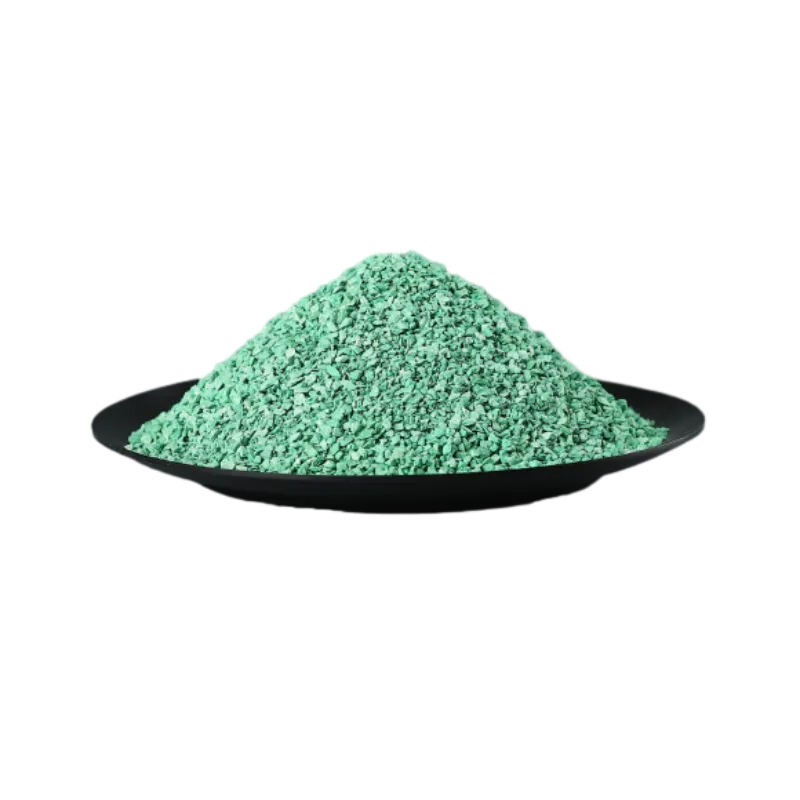
Dis . 20, 2024 04:53 Back to list
Investigation of Granular Loss Issues in Roof Shingles and Their Impact on Durability
Granular Loss on Roof Shingles Causes, Impacts, and Remedies
Roof shingles are a critical component of any roofing system, serving as the first line of defense against the elements. They protect homes from water infiltration, UV damage, and various weather conditions. However, one of the most concerning issues for homeowners and contractors alike is granular loss on roof shingles. This phenomenon, often manifested by the visible shedding of granules from the shingle surface, can have significant implications for the durability and functionality of a roof. Understanding the causes, impacts, and potential remedies for granular loss is crucial for maintaining a healthy roofing system.
Understanding Granular Loss
Granular loss refers to the detachment and loss of the tiny granules that are embedded in the surface of asphalt shingles. These granules serve multiple purposes, including providing UV protection, enhancing waterproofing, and contributing to the aesthetic appeal of the roof. Over time, various factors can cause these granules to loosen and fall off, leading to the phenomenon of granular loss.
Common Causes of Granular Loss
1. Age One of the primary causes of granular loss is the natural aging process of the roof. As shingles age, the bonding agents that hold the granules in place can break down due to exposure to sunlight and harsh weather conditions. This degradation can lead to granule detachment.
2. Improper Installation Poor installation practices, such as inadequate nailing patterns or the use of low-quality materials, can lead to increased granular loss. Shingles that are not properly secured to the roof may experience more movement, causing the granules to loosen.
3. Weather Conditions Extreme weather conditions, such as heavy rain, hail, and high winds, can damage shingles and strip away the protective granules. Hailstones and strong winds can impact the shingles forcefully, leading to significant granular loss.
4. Poor Maintenance Neglecting regular roof maintenance, such as cleaning gutters and inspecting shingles for damage, can contribute to the deterioration of shingles. Accumulated debris can trap moisture, leading to mold growth and further erosion of the granules.
5. Moisture and Algae Growth Excess moisture can promote the growth of algae and moss on roofs. These organisms can trap moisture against the surface of shingles, leading to premature wear and granular loss.
granular loss on roof shingles

Impacts of Granular Loss
The loss of granules from roof shingles can lead to several adverse effects. First and foremost, a significant reduction in granules compromises the protective capabilities of the shingles. Without these granules, the underlying asphalt layer is exposed to harmful UV rays and weather elements, leading to accelerated deterioration.
Additionally, granular loss can have aesthetic impacts, with patches of bare shingles becoming visible. This can lower a home’s curb appeal and potentially decrease property value. Homeowners may face increased energy costs as well, as damaged shingles can result in reduced insulation capabilities, leading to higher bills for heating and cooling.
Remedies and Prevention
Addressing granular loss begins with regular roof inspections and maintenance. Homeowners should check their roofs annually and after severe weather events to identify any signs of damage. If granular loss is detected, it’s crucial to consult a professional roofing contractor.
Repairing or replacing affected shingles may be necessary, depending on the extent of granular loss. In some cases, applying a protective coating or sealant may help extend the life of the shingles and reduce further loss.
To prevent granular loss, homeowners should ensure their roofs are installed correctly using high-quality materials. Regular maintenance, including cleaning gutters, removing debris, and checking for signs of moisture buildup, can go a long way in preserving roof integrity.
Conclusion
Granular loss on roof shingles is a significant concern that can lead to various issues affecting the longevity and performance of a roofing system. By understanding the causes of granular loss and taking proactive steps towards maintenance and repair, homeowners can protect their investment and ensure their roofs continue to provide the essential protection their homes need. Regular inspections, appropriate installations, and timely repairs are the keys to mitigating the impacts of this unavoidable wear and tear.
-
Conservatory Felt Roof Solutions Durable, Weatherproof & Stylish Roof Upgrades
NewsJul.04,2025
-
Roman Stone Beige Tile for Elegant Spaces Roman Beige Ledger Panel & Travertine
NewsJul.04,2025
-
Small Clay Roof Tiles for Durable & Stylish Roofing Red & Custom Options Available
NewsJun.24,2025
-
Lifetime Roof Shingles – Durable Roofing Solutions for Decades
NewsJun.10,2025
-
Top Roofing Shingles Types Compare Different Types of Architectural Roofing Shingles for Your Home
NewsJun.10,2025
-
Affordable Asphalt Shingle Roll Durable & Easy Flat Roof Solution
NewsJun.09,2025







